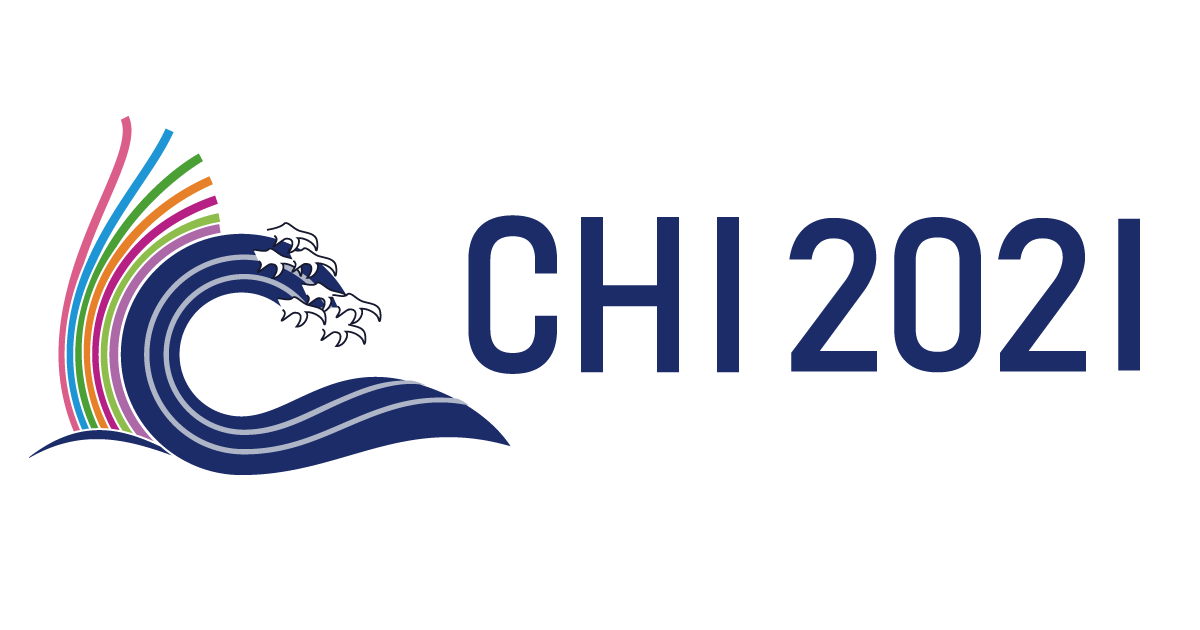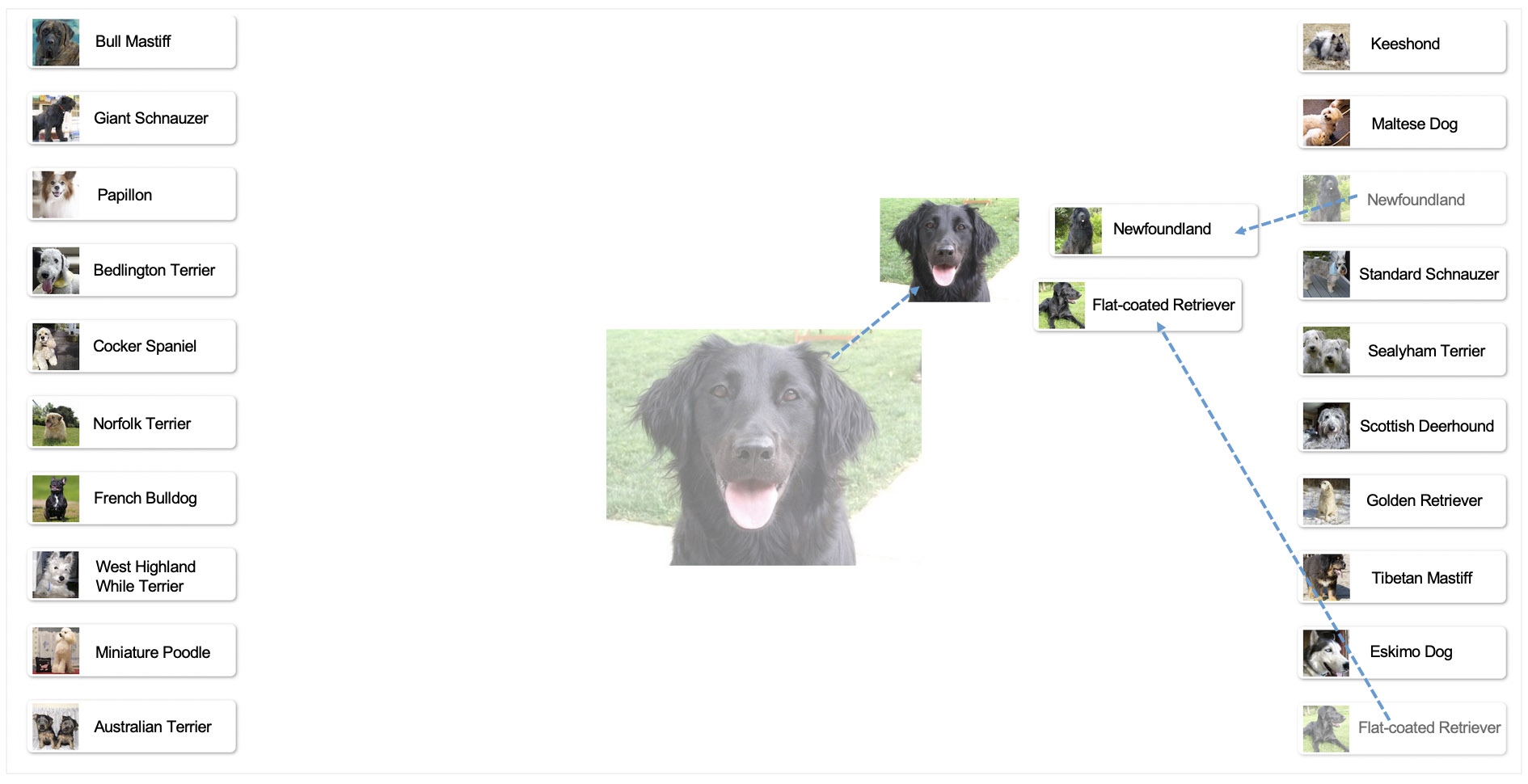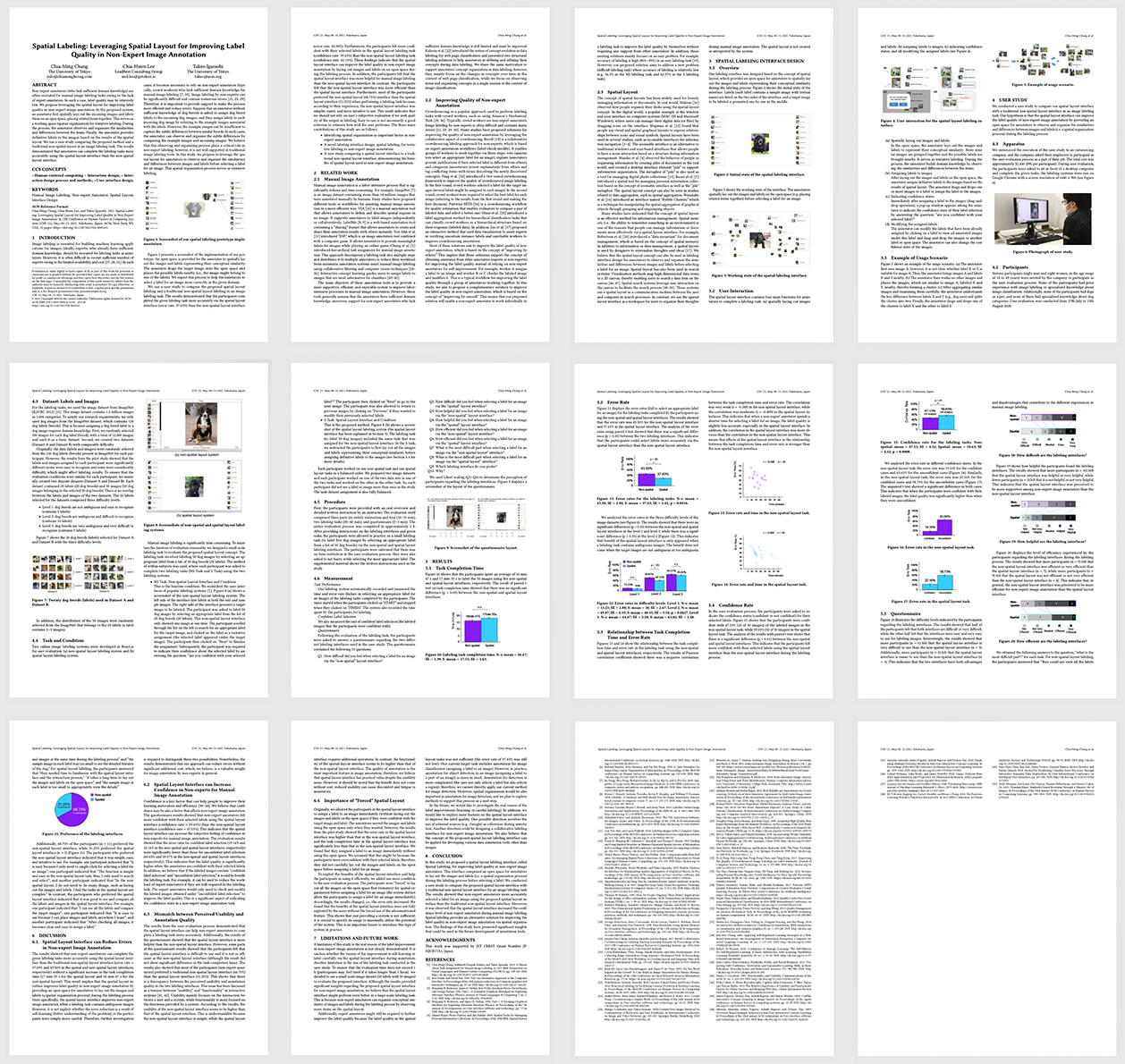
Spatial Labeling: Leveraging Spatial Layout for Improving Label Quality in Non-Expert Image Annotation

Publication

Chia-Ming Chang, Chia-Hsien Lee, and Takeo Igarashi. 2021. Spatial Labeling: Leveraging Spatial Layout for Improving Label Quality in Non-Expert Image Annotation. In Proceedings of the 2021 CHI Conference on Human Factors in Computing Systems, pp. 1-12. DOI: https://doi.org/10.1145/3411764.3445165